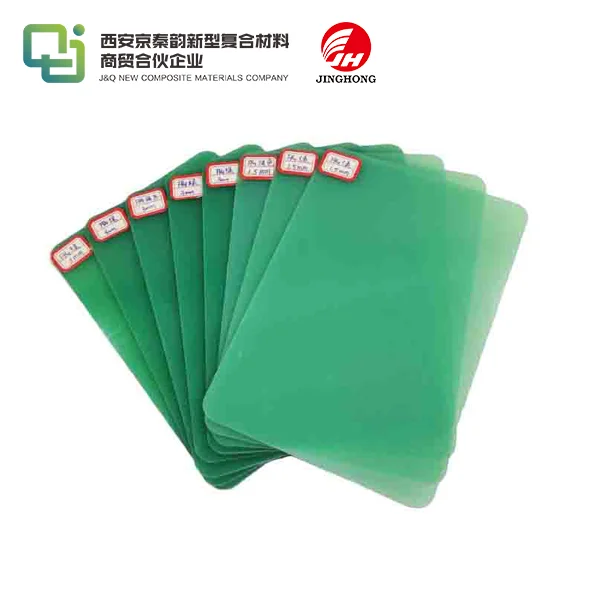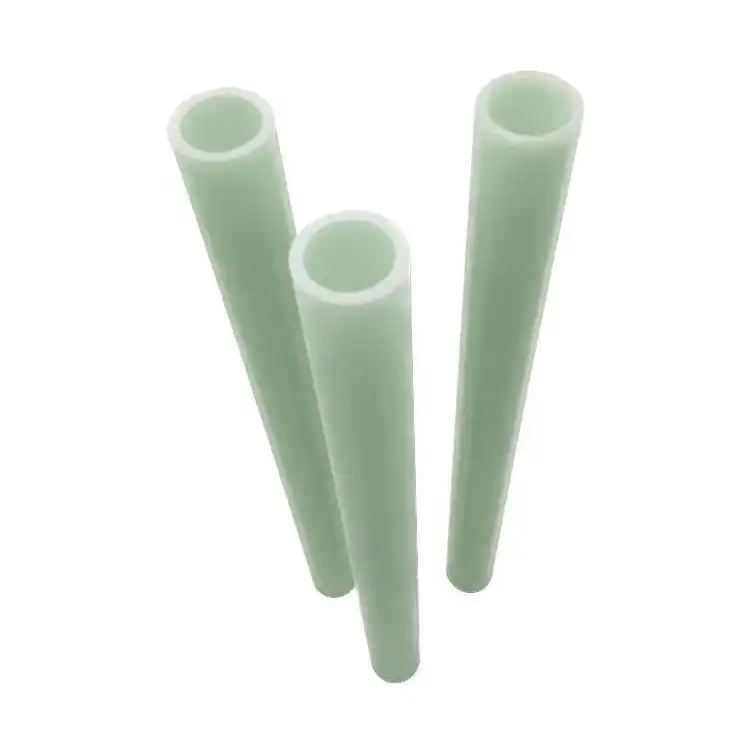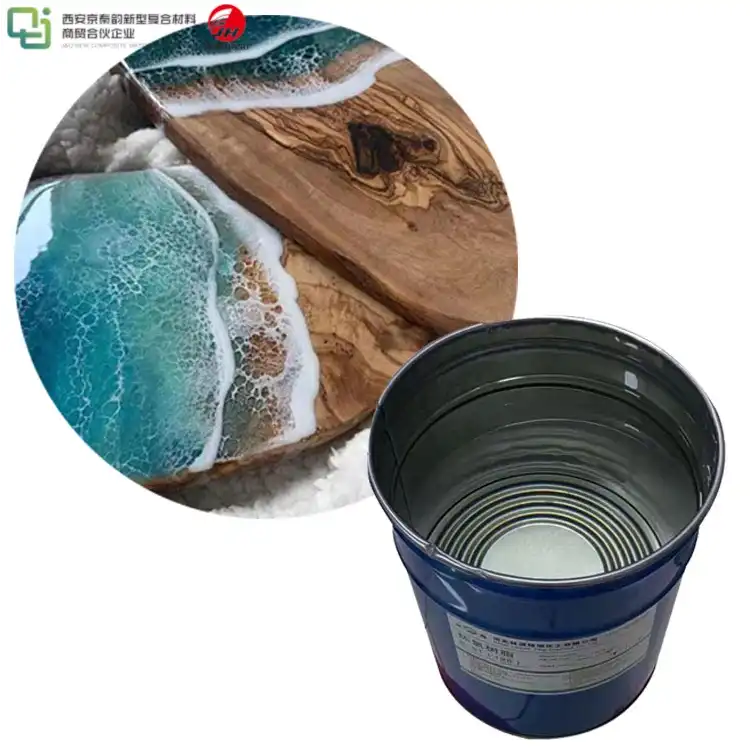Understanding flexural modulus: guild to material rigidity
2024-11-05 15:41:25
In the world of materials science and engineering, understanding the mechanical properties of materials is crucial for designing and manufacturing products that meet specific performance requirements. One such property that plays a significant role in determining a material's behavior under load is the flexural modulus. This guide will delve into the concept of flexural modulus, its importance in material selection, and its applications across various industries.
What is Flexural Modulus?
Flexural modulus, also known as bending modulus or modulus of elasticity in bending, is a measure of a material's resistance to bending under load. It quantifies the relationship between stress and strain in the linear elastic region of a material when subjected to flexural deformation. In simpler terms, it indicates how much a material will bend when a force is applied to it.
Definition and Calculation
The flexural modulus is defined as the ratio of stress to strain in flexural deformation. It is typically expressed in units of Pascal (Pa) or pounds per square inch (psi). The calculation of flexural modulus involves measuring the force required to bend a specimen and the resulting deflection. The formula for flexural modulus (Ef) is:
Ef = (L3 * m) / (4 * b * d3)
Where: L = support span; m = slope of the load-deflection curve; b = width of the specimen; d = thickness of the specimen
Relationship to Other Material Properties
Flexural modulus is closely related to other material properties, such as Young's modulus and tensile strength. While Young's modulus describes a material's stiffness in tension or compression, flexural modulus specifically relates to bending behavior. In many materials, the flexural modulus is approximately equal to the tensile modulus, but this may not always be the case, especially for anisotropic materials.
Factors Affecting Flexural Modulus
Several factors can influence a material's flexural modulus:
- Temperature: Generally, flexural modulus decreases with increasing temperature.
- Humidity: Some materials, particularly polymers, may experience changes in flexural modulus with varying humidity levels.
- Material composition: The chemical structure and additives in a material can significantly impact its flexural modulus.
- Processing conditions: Manufacturing methods and parameters can affect the final flexural properties of a material.

Importance of Flexural Modulus in Material Selection
Understanding flexural modulus is crucial for engineers and designers when selecting materials for various applications. It provides valuable insights into how a material will perform under bending loads, which is essential for many structural and functional components.
Design Considerations
When designing products or structures, engineers must consider the flexural modulus to ensure that components can withstand the expected loads without excessive deformation. This is particularly important in applications where maintaining shape and dimensional stability is critical, such as in automotive panels, aerospace components, or sporting equipment.
Performance Prediction
Flexural modulus allows engineers to predict how a material will behave under various loading conditions. This information is vital for simulating product performance, optimizing designs, and ensuring safety factors are met. By understanding a material's flexural properties, designers can make informed decisions about material thickness, geometry, and reinforcement strategies.
Material Comparison and Selection
Flexural modulus serves as a valuable metric for comparing different materials and selecting the most suitable option for a given application. For instance, when choosing between various polymers or composites for a structural component, the flexural modulus can help identify materials that offer the right balance of stiffness and weight.
Applications of Flexural Modulus Across Industries
The concept of flexural modulus finds applications in numerous industries, influencing material choices and design decisions across a wide range of products and structures.
Aerospace and Automotive
In the aerospace and automotive sectors, flexural modulus is a critical property for materials used in structural components, panels, and interior parts. High-performance composites with optimized flexural properties are often employed to achieve the desired balance of strength, stiffness, and weight reduction. For example, carbon fiber-reinforced polymers with high flexural modulus are used in aircraft fuselages and automotive body panels to enhance fuel efficiency without compromising structural integrity.
Construction and Infrastructure
The construction industry relies heavily on materials with appropriate flexural properties for beams, floors, and structural elements. Concrete, steel, and engineered wood products are selected based on their flexural modulus to ensure buildings and bridges can withstand loads and maintain their shape over time. Additionally, innovative materials with enhanced flexural characteristics are being developed for seismic-resistant structures and long-span bridges.
Consumer Products and Electronics
In the realm of consumer goods and electronics, flexural modulus plays a crucial role in the design of housings, casings, and structural components. Materials with optimal flexural properties are chosen to provide the necessary rigidity while allowing for thin, lightweight designs. For instance, the flexural modulus of polymers used in smartphone cases is carefully considered to ensure protection against bending and impact while maintaining a slim profile.
Conclusion
Understanding flexural modulus is essential for anyone involved in materials selection, product design, or manufacturing. This property provides valuable insights into a material's behavior under bending loads, enabling engineers and designers to make informed decisions that balance performance, cost, and manufacturability. As materials science continues to advance, the ability to tailor and optimize flexural properties will play an increasingly important role in developing innovative solutions across various industries.
Our materials(FR4 sheet, G10 sheet, CE sheet, XX sheet) are all sent to SGS for testing of various mechanical and electrical properties using ASTM or GB testing methods to ensure that the quality meets the requirements.
Contact Us
If you're seeking high-quality insulating sheets with optimal flexural properties for your specific application, don't hesitate to reach out to our team of experts. With over 20 years of experience in producing and selling insulating sheets, we can provide tailored solutions to meet your needs. Contact us today at info@jhd-material.com to learn more about our products and how we can support your projects.
References
1. Smith, J.A., & Johnson, R.B. (2019). Principles of Materials Science and Engineering. Academic Press.
2. Lee, S.M., & Kim, H.J. (2020). Flexural Properties of Advanced Composite Materials. Journal of Composite Materials, 54(15), 2087-2102.
3. Anderson, T.L. (2018). Fracture Mechanics: Fundamentals and Applications. CRC Press.
4. Zhang, Y., & Wang, X. (2021). Influence of Temperature on Flexural Modulus of Polymer Composites. Polymer Testing, 93, 106878.
5. Brown, E.T. (2017). Mechanical Properties of Materials in Civil Engineering Applications. Wiley-Blackwell.
6. Garcia-Espinel, J.D., & Castro-Fresno, D. (2020). Advanced Materials for Structural Applications: From Theory to Practice. Elsevier.







